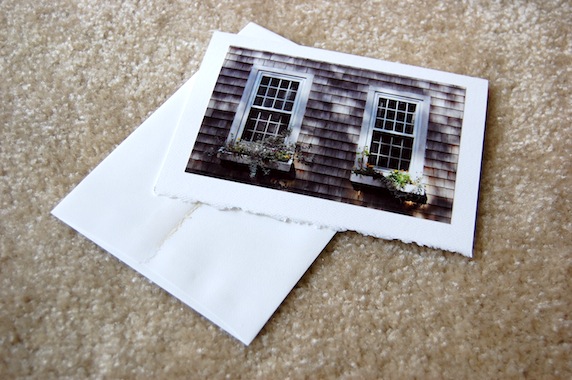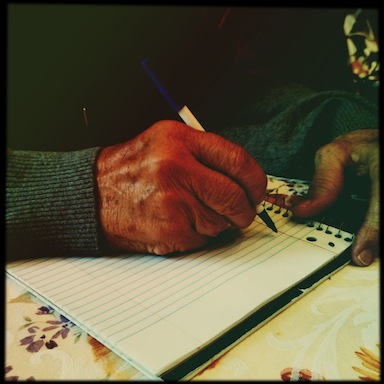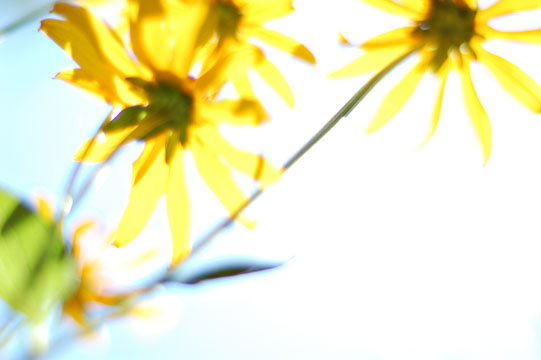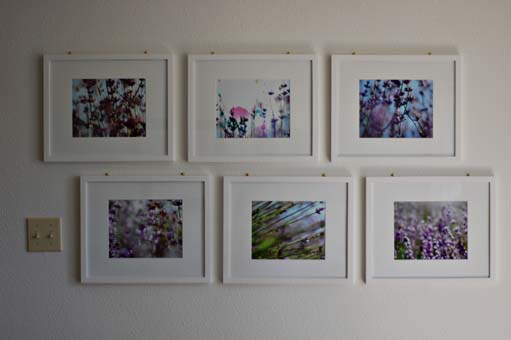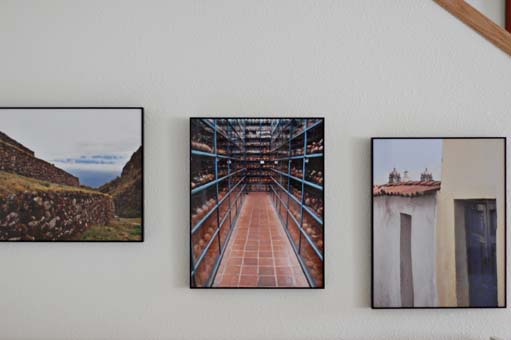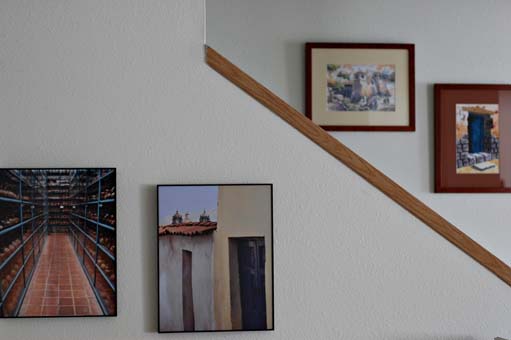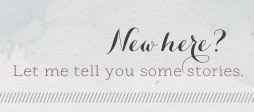this past weekend, i decided to write a list of 101 things to do this winter, to make my winter easier and more delightful.
(i mentioned this to my mother and she said, “but winter’s half over!” so, if you’re feeling blue about winter, there’s a fun perspective for you.)
i was a good ways into the list when i realized that everything fell into one of a handful of topics and i could just write that list.
so i did.
i am enjoying my list so much that i am sharing it here, in case you need it too.
An antidote to the winter blues.
1. Go outside.

This is not the going outside that gets you from one place to another, like from the house to the car or from the car to a store. This is the going outside where you bundle up and go outside simply to go outside.
If it helps, promise yourself that if you’re miserable, you can go back inside, even if it’s only been five minutes. (It’s important to keep that promise. You want to be able to trust yourself.)
When you go outside to go outside, you dress specifically for the weather, and I can tell you from experience that it makes a world of difference.
2. Move your body.

Go snowshoeing or ice skating. (You love both.) Go sledding. (You haven’t gone in years and it will remind you of your childhood.) Shovel. (It satisfies your inner perfectionist.)
Go cross-country skiing and decide whether or not you enjoy it. Play broomball or boot hockey. Make use of the skijoring harness and teach Atlas to pull a sled.
If you don’t want to go outside, move your body in another way: stretch, dance, practice yoga, do jumping jacks.
3. Take Vitamin D.
You need it. Especially in the winter. And you know it helps.
4. Find the light.

Whenever the sun comes out, take a moment to soak it in. If you can, go outside. If you can’t, or just don’t want to, sit or stand in a patch of sunlight and bask in it.
Light candles. There is something so warm and inviting and magical about candles in the darkness. You can light them in the morning while you meditate or in the evening before bed.
(If you want a wonderful way to end your day, here is one: yin yoga while wrapped in a fleece blanket by candle light.)
5. Find the warmth.

Drink tea or chai lattes or hot cocoa.
(If you want a wonderful daily ritual, here is one: boil water in the tea kettle for a mid-morning or mid-afternoon cup of lemon honey tea. You can’t hurry the tea kettle, so it is a good reminder to slow down and be present.)
Wrap yourself in a blanket while you’re reading or writing or meditating.
Wear your slippers.
Take the occasional bath or sauna. The bath warms your core (this is useful before bedtime). The sauna gives you a rare winter moment of “I am so hot that I must pour ice-cold water on myself! I am also so hot that I don’t want to put clothes on!”
6. Find pleasure indoors.
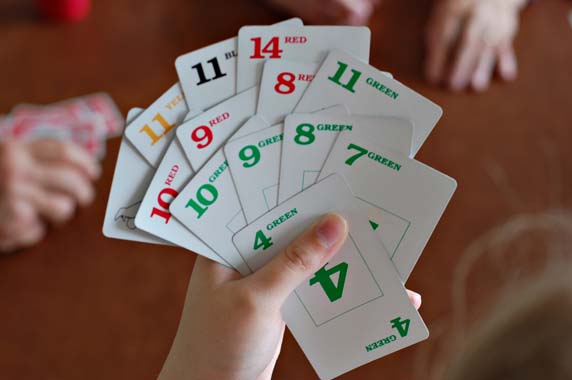
Play Yahtzee with your mom. Try to beat Helen at Boggle. Build a puzzle.
Watch some of your favorite movies: Bringing Up Baby (hilarity!) or The Triplets of Belleville (that dog and that music!) or Pride & Prejudice (Mr. Darcy!). Watch a movie you’ve been wanting to see (maybe something with Colin Firth or Johnny Depp).
Read some of your favorite childhood books: The Secret Garden, Little House In the Big Woods, or Laddie. Read a new book, maybe Outlander.
Learn to knit (again) and finish that scarf. Learn some phrases in Italian. Find the constellations Ursa Major and Canis Major.
Spend time in the kitchen: make soup or stew; learn to make bread; make cinnamon rolls.
Write letters.
Have long rich conversations with friends.
7. Play.

Go outside and blow bubbles when the temperature is below zero and see if they freeze. Catch a snowflake on your tongue. Make a snow angel.
Tromp through the deep snow in impractical footwear. Roll down a hill. Pack a thermos of hot cocoa and sandwiches in a backpack and snowshoe into the woods for a winter picnic.
Stick your tongue out at the weather and then curl up on the couch. Build a fort out of blankets. Finger paint.
8. Last, but definitely not least, treat yo’self.
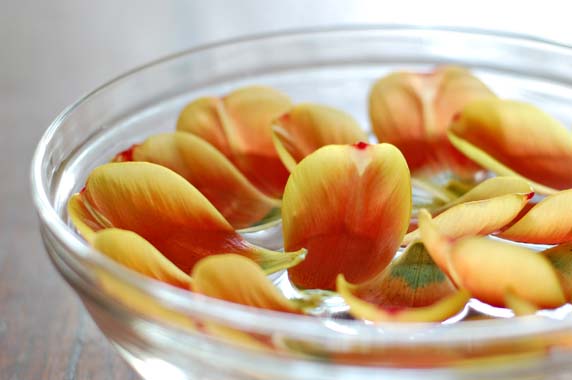
Paint your toenails a rich lush color.
Take yourself to your favorite coffee shop or cafe.
Buy fresh flowers. You don’t need an entire bouquet; one (preferably non-white) flower can make a world of difference. When the petals fall, you can place them in a bowl of water.
Apply as needed.
May your winter be delightful!


